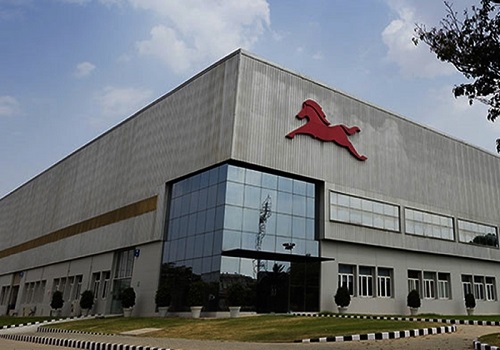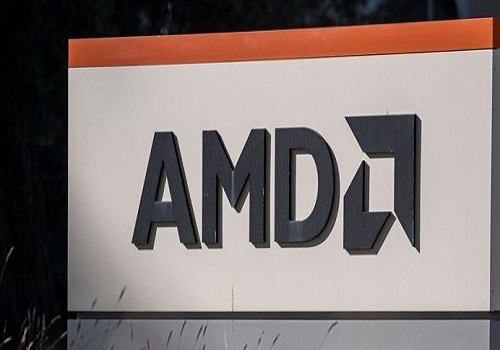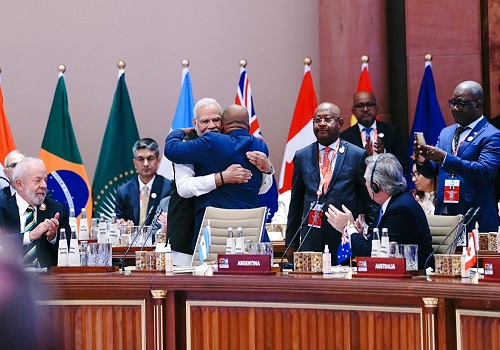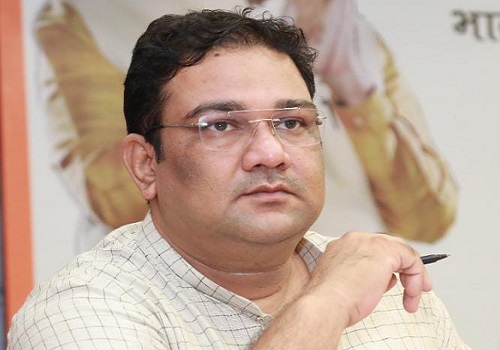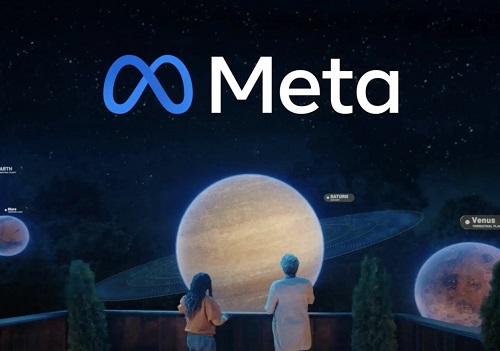Potential drug treatment for fatal childhood cancer

Follow us Now on Telegram ! Get daily 10 - 12 important updates on Business, Finance and Investment. Join our Telegram Channel
A team of researchers have identified a potential new drug treatment for a fatal childhood cancer Diffuse Intrinsic Pontine Glioma (DIPG).
The study, published in the journal Nature Communications, reveals a potential drug combination that -- in animal studies and in world-first 3D models of the tumour -- is "spectacularly effective in eradicating the cancer cells," according to the researchers
In pre-clinical testing in mouse models, the researchers found that the promising drug combination led to survival in two-thirds of the mice and that the drug combination completely halted the growth of these highly aggressive tumours in these mice.
Importantly, the drug therapy, which is currently in early trials in adult cancer, is the most effective treatment ever tested in laboratory models of this incurable childhood cancer, the researchers, including David Ziegler from the Children's Cancer Institute in Australia, said.
The treatment is a combination of two drugs -- difluoromethylornithine (DFMO), an established drug, and AMXT 1501.The DFMO is increasingly getting attention as a treatment for difficult-to-control cancers like neuroblastoma, another aggressive childhood cancer, and colorectal cancer in adults. DFMO works by targeting the polyamine pathway - an important mechanism that allows tumour cells to grow, the team said.
For the study, the team developed Australia's first research program into DIPG by using tumour cells donated by the parents of children who have passed away from the disease. From these, they created the first laboratory models of the tumour in order to test new drugs. These models have been used to show that DIPG can bypass the activity of DFMO by pumping polyamines into cancer, essentially allowing the tumour to continue growing despite treatment with DFMO, the team said.
They have now made the breakthrough discovery that treatment with a new developmental drug, AMXT 1501, potently blocks the transport of polyamines into the DIPG cancer cell.
Treatment with AMXT 1501 was found to re-sensitize the DIPG cells to DFMO leading to what Ziegler said, "was a spectacular response in animal models, with a significantly increased survival and minimal toxicity (side effects)".













